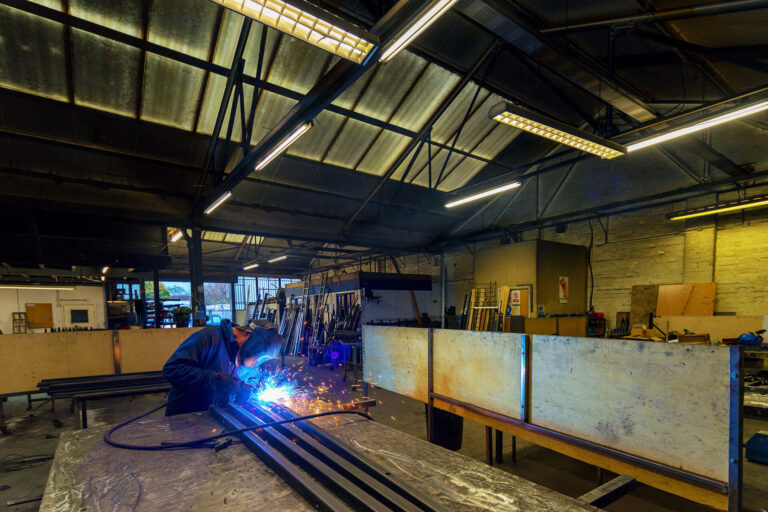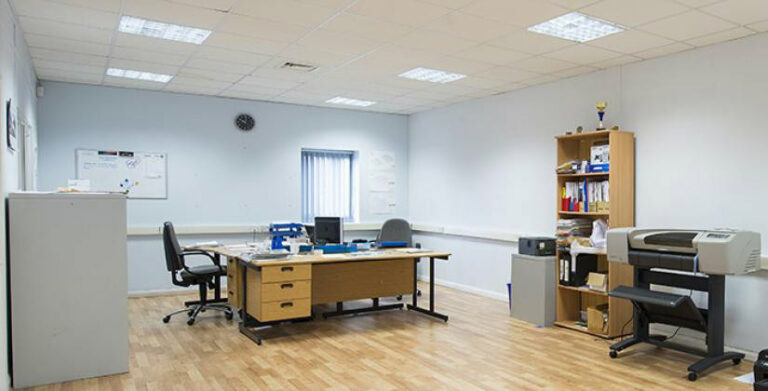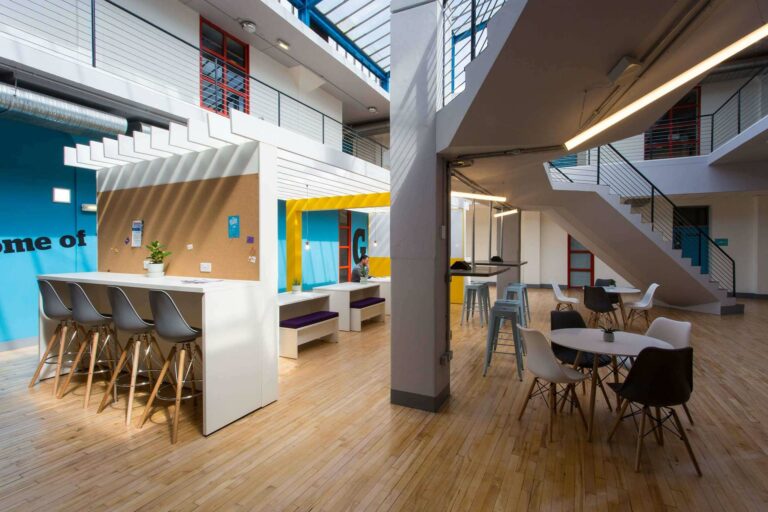Breaks: the low cost way to improve productivity
Small and medium-sized businesses often struggle to compete with larger companies in terms of the benefits they can offer their staff. But there’s a simple way you can ensure that your employees work less, without it costing your business money. In fact, it could actually benefit your business.
Think it sounds too good to be true? A study of 2,000 workers by cheese maker Leerdammer, found that the average lunch hour is now 26 minutes 28 seconds. Very few workers take the full hour and 7% of respondents said they didn’t take a lunch break at all. On average, this adds up to an impressive 19 days each year that staff are working extra, simply because they’re not taking their allotted breaks. So, if you create a culture where it’s the norm for your staff to take their lunch break (or have smaller breaks throughout the day if they prefer) you would effectively be helping them to work less.

Downtime is not wasted time
This all sounds well and good, you may think, but how does this benefit you? If your employees are currently working more, surely this is better for your business? It may sound like a paradox, but encouraging workers to take breaks and spend less time working could actually help them to get more done.
In the Leerdammer study, 22% of those questioned recognised that they were less efficient if they didn’t take a break. And in a recent Bupa study of 2,000 full time workers, 40% said skipping lunch reduced their productivity and 53% said it put them in a bad mood. According to this study, 28% don’t take any type of breather at work, the main reason being that they had too much work (43%). However, another 24% said they felt obliged to continue working if their boss wasn’t taking time out. So you could be unwittingly contributing to the problem. If your business has created a culture where breaks aren’t taken, your staff may not want to take one and appear less dedicated than their colleagues.
However, there is growing scientific evidence that people who work continuously with no rest are actually less productive in the long run. Studies have shown that taking time out to relax, even for short periods of 15 – 20 minutes, can improve mood, focus, productivity, as well as energy levels and creativity.
It’s also been proven that long hours sat at a desk are not good for the physical health of your staff. Taking a rest from the computer screen can reduce eye strain and any tension in the neck and back. With back pain a major cause of sickness absence, it makes sense to try to minimise this stress where you can.
More breaks or better breaks?
According to data from the app DeskTime, workers with the highest productivity take 17 minute breaks for every 52 minutes of work. However, there are also plenty of advocates of working in 90 minute chunks or for working in more intense bursts. As everyone has different capacities for concentration, what works for one person, doesn’t necessarily work for all.
The key here is to lead by example and ensure your employees have the option to take a rest when they need one, rather than at a set time, prescribed by you (if possible).
When encouraging rest periods, it’s also important to think about their quality. Often, workers eat at their desk or remain stuck on their phone looking on social media, which means they’re not really switching off completely. Encourage your staff to take breaks away from their desks, whether it’s chatting to colleagues in a breakout area or kitchen or going for a walk (if the weather permits).
Author:
BizSpace
BizSpace is the UK’s leading provider of regional flexible workspace. For over 20 years we have been offering office, studio and workshop units to a wide range of businesses in convenient regional locations across the country. We are owned by Sirius Real Estate, a commercial property operator, that is supporting us on a journey to significant growth.
More BizSpace News

Blog
Finding a Small Industrial Unit or Workshop to Rent
Let’s be honest with each other, finding a ‘perfectly sized’ industrial unit for your business isn’t exactly fun. It’s time-consuming,…
Find out more
Blog
Designing your ideal office: 8 top tips
Focus on comfort and practicality when designing your office space, considering layout, light, furniture, clutter and accessories.
Find out more
Blog
What is a Satellite Office?
Businesses are now finally able to return to some sense of normality in our post-COVID society. There has been plenty…
Find out more